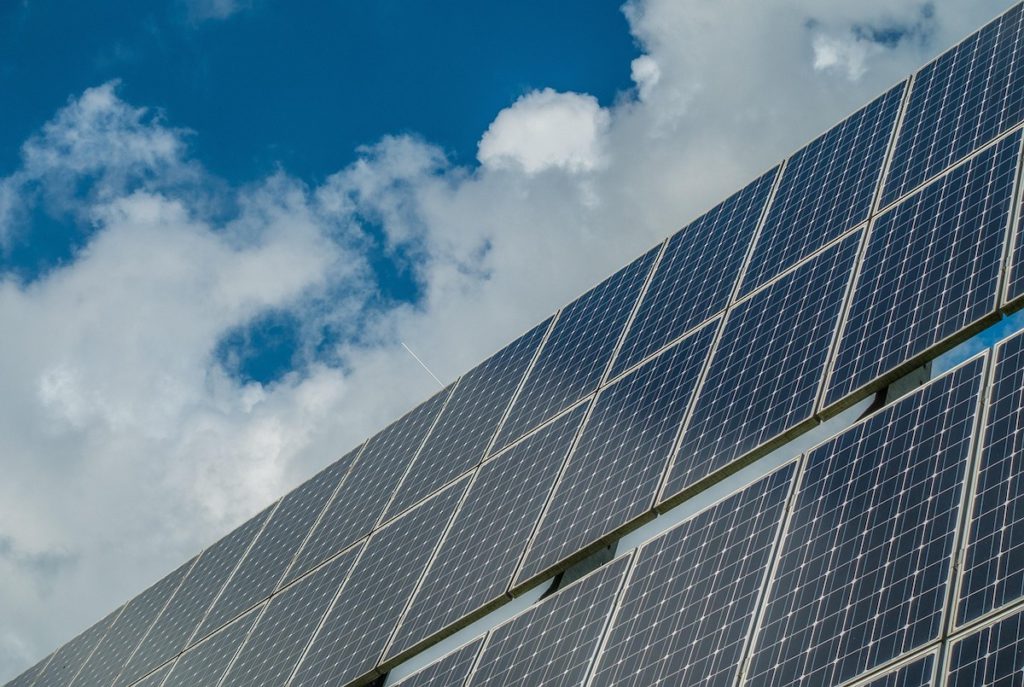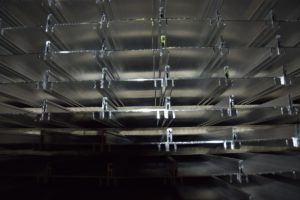Functional Finishes

In contemporary design and construction, form and function are no longer separate goals—they work in tandem. Whether it’s using wire and mesh to create subtle yet strong protective barriers, bird proofing solar panels to extend performance and reduce maintenance, or installing aluminium battens for a clean architectural profile, today’s functional finishes are redefining the standard. These design elements not only protect what matters but also enhance the overall look of homes and commercial buildings.
The beauty of functional finishes lies in their quiet efficiency. They don’t shout for attention, but they make a significant impact on durability, safety, and visual appeal. As building trends continue to emphasise sustainability, longevity, and sleek design, finishes that serve a purpose while elevating the aesthetics are more in demand than ever.

One of the most significant shifts in modern architecture is the drive toward solutions that solve multiple problems at once. Rather than layering separate materials or adding complex systems, architects and builders now seek materials that work hard in the background. These finishes need to endure Australia’s harsh sun, coastal air, and unpredictable weather while still looking good year after year.
Take screening elements, for example. Once purely utilitarian, today’s screens serve multiple roles—providing ventilation, privacy, sun control, and façade detail. Whether used on homes, apartment blocks, or office buildings, well-chosen materials add both depth and defence. They reduce heat load, enhance energy efficiency, and help structures breathe while maintaining visual cohesion.
Another area where performance meets design is in cladding and architectural panelling. Finishes that resist corrosion, require minimal upkeep, and age gracefully are preferred for both residential and commercial projects. With cleaner lines and smarter detailing, these elements give buildings a sharp, modern profile while hiding fixtures or integrating mechanical systems discreetly.
Beyond aesthetics, finishes that enhance protection are essential for maintaining the longevity of a structure. Roof edges, solar arrays, and ventilation openings are all points of vulnerability. Exposure to birds, insects, moisture, and debris can lead to performance issues if left unguarded. The key is to incorporate protective systems early in the design process so they feel intentional, not like afterthoughts.
Modern building envelopes often include subtle details that boost safety—anti-slip coatings on external stairs, UV-stable sealants that reduce deterioration, and corrosion-resistant fasteners that prolong the life of cladding systems. These might not be visible at first glance, but they contribute to a longer-lasting, lower-maintenance structure.
When it comes to solar technology, protective detailing becomes even more crucial. As solar becomes standard in both residential and commercial spaces, the long-term efficiency of panels depends on keeping them clean and undisturbed. Thoughtfully integrated systems reduce the need for costly maintenance and preserve the aesthetic integrity of rooftop installations.
Durability doesn’t have to come at the expense of beauty. The best finishes blend effortlessly into a project’s palette—working with timber, stone, or glass to enhance a building’s character. They provide contrast where needed and continuity where desired. They soften harsh corners, direct the eye, or create shadow play that changes with the light.
One overlooked but important element of functional finishes is their role in airflow and ventilation. Well-placed screening or façade detailing can encourage passive cooling, reduce reliance on artificial systems, and improve indoor comfort. It’s not just about looks—it’s about livability.
The demand for low-maintenance design is another driver behind the popularity of high-performance finishes. Property owners want solutions that retain their look with minimal upkeep, resisting fading, warping, or weathering. Materials that deliver this type of resilience bring long-term value, reducing both costs and the environmental impact of ongoing maintenance.
In multi-residential developments, functional finishes play a critical role in privacy and shading. Balconies, courtyards, and communal spaces benefit from screening that shields without enclosing. These elements improve liveability while also contributing to acoustic performance and visual privacy between units.
From a sustainability standpoint, these finishes also support better resource use. Materials that are lightweight, recyclable, or locally sourced help reduce a project’s footprint. Systems that serve more than one purpose—like sun shading that also acts as rain protection—offer efficiency without compromise.
The process of choosing the right finishes starts early in design, and collaboration between architects, engineers, and builders is key. Understanding how each material will perform, interact, and age over time helps ensure a cohesive, practical result. This collaboration also allows for creative problem-solving, integrating form and function in unique and site-responsive ways.
At the end of the day, the finishes we select shape not only how a building looks, but how it works. They protect us from the elements, guard the systems we rely on, and define the character of our built environment. They influence how we feel about the spaces we live and work in—and how well those spaces perform over time.
In an era where durability, sustainability, and style are all expected—not optional—functional finishes are the quiet heroes of great design. They allow buildings to be smarter, stronger, and more beautiful. And when chosen well, they don’t just cover up—they elevate.





